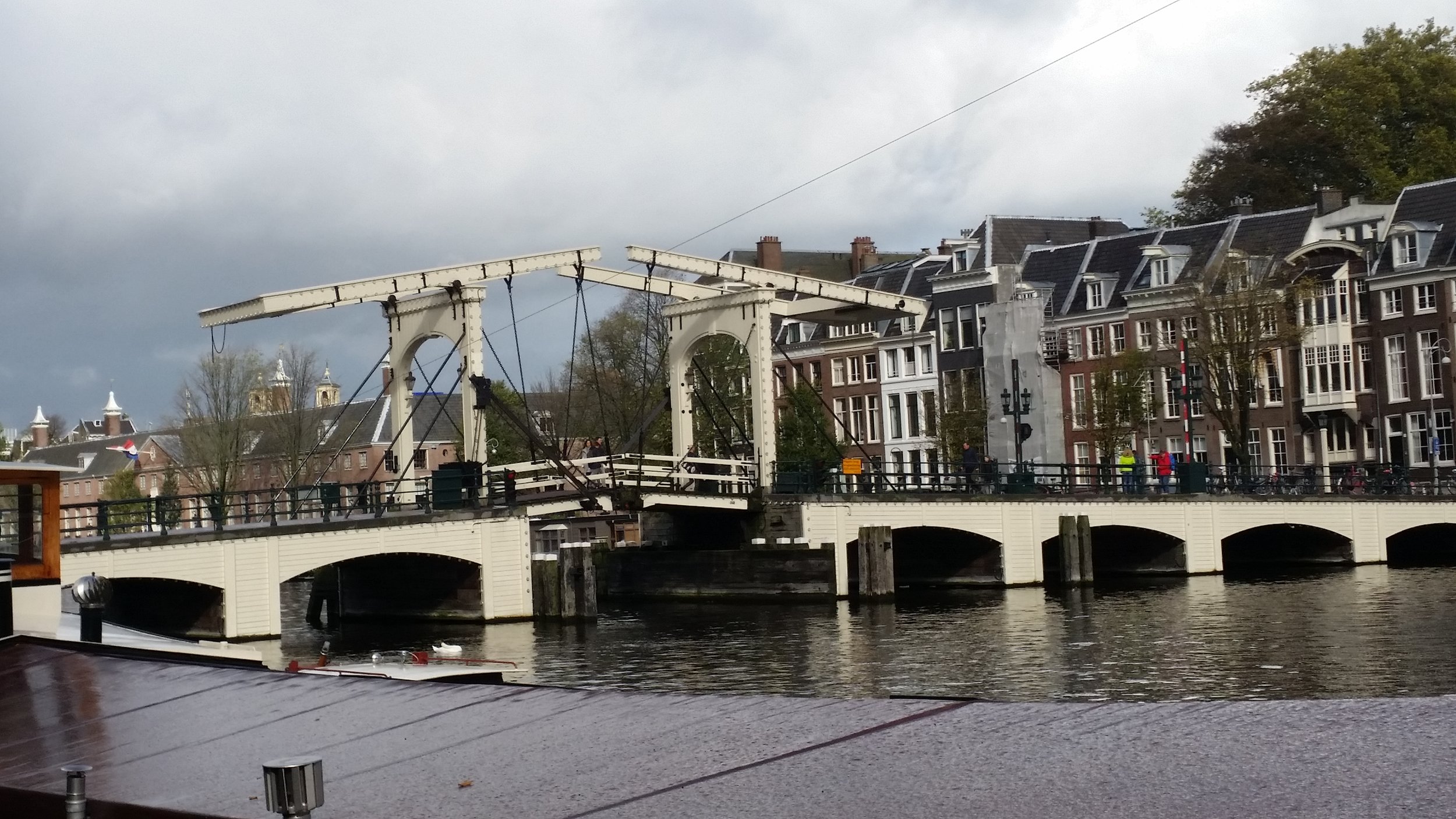Sincere intentions. An appealing statement. What’s the problem?
First, it is boring, but put that aside. The significant problem is twofold: ownership and implementation. Ownership resides with those who craft and create a vision, and with them alone. A statement created for a team to endorse is not owned by the team. An even more fundamental defect is that, in most cases, the vision statement is created for the rest of the organization to live out.
Notice that the vision here is used to define a culture or a set of values to be lived. This is different from top management’s rightful task to define business mission and set business goals. A vision created for others to live out is patriarchy in action. There is no ownership in endorsement or enrollment, a fancy term for selling the vision.
The belief that crafting the vision is primarily a leadership-at-the-top function defeats, right at the beginning, the intent of driving ownership and responsibility toward those close to the work and the customer. Creating vision is in fact an ownership function, and if we want ownership widely dispersed, then each person needs to struggle with articulating their own, personal vision for their function or unit.
Ownership comes from an investment, and the investment required from each of us is to define purpose for ourselves. Each of us defining vision for our area of responsibility is how partnership is created. The desire for vision from the top is a subtle way of disclaiming ownership and responsibility. If this were our own business, it is unlikely that we would allow someone else to define values for us.
Adapted from Stewardship: Choosing Service over Self-Interest, 2d ed. (San Francisco: Berrett-Kohler, 2013). In the last 25 years, Peter Block’s Designed Learning has trained over 1,000,000 staff professionals worldwide using his highly successful Flawless Consulting™ workshops.
Resources: Designed Learning, Abundant Community




























